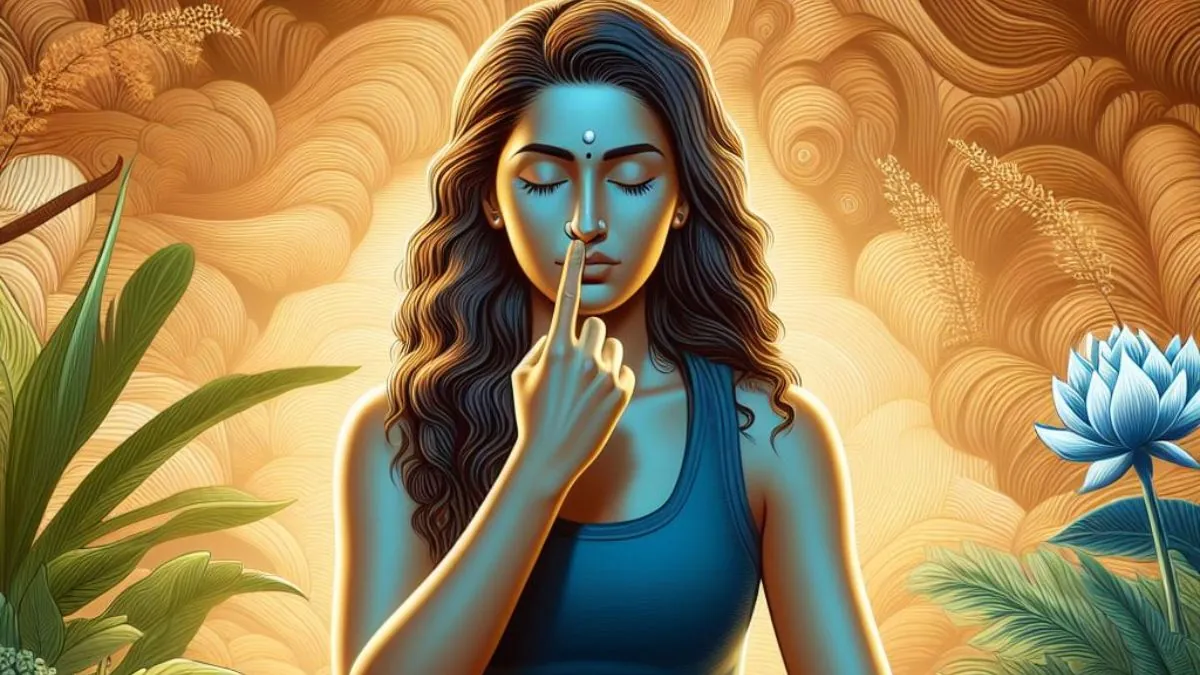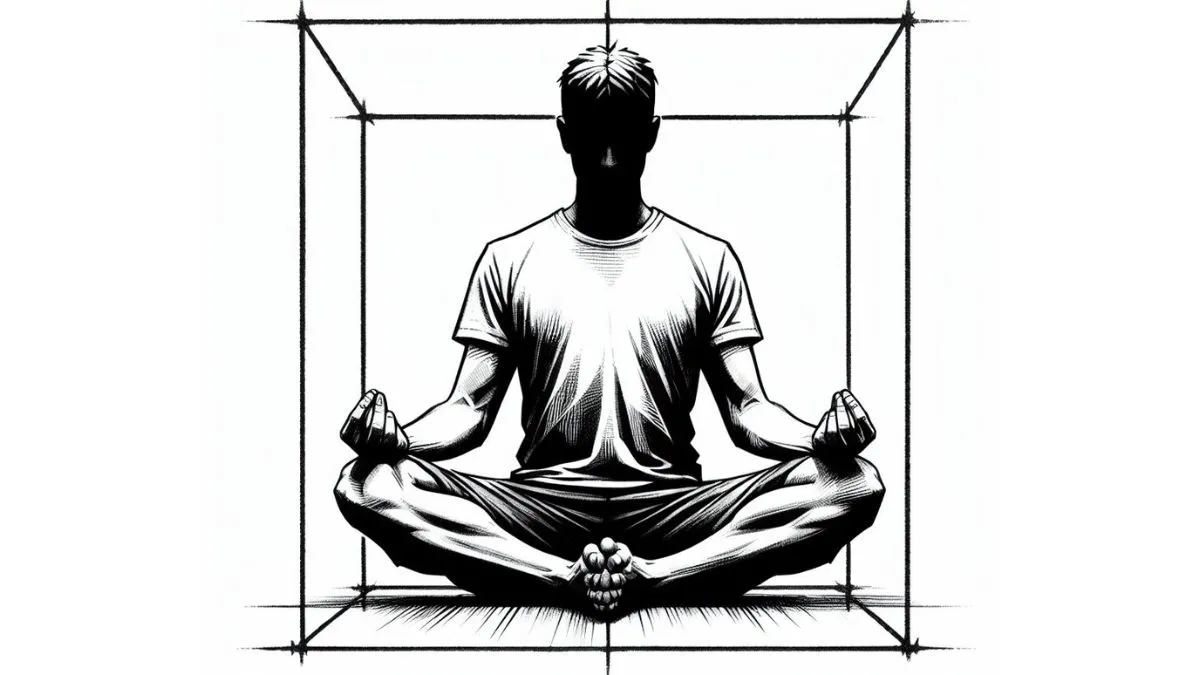Introduction
Bhadrasana, also known as the Butterfly Pose, is a graceful and meditative seated yoga posture that symbolizes the beauty and elegance of a butterfly. The name “Bhadrasana” is derived from the Sanskrit words “Bhadra,” meaning auspicious or fortunate, and “asana,” signifying a yoga pose. This asana is revered for its ability to open the hips, improve flexibility, and stimulate the pelvic region. In this article, we explore the history, significance, benefits, step-by-step guide, and variations of practicing Bhadrasana.
Unveiling the Roots of Bhadrasana
Bhadrasana has its origins in classical Hatha Yoga, an ancient system of yogic practices. The pose is mentioned in classic yoga texts like the Hatha Yoga Pradipika and the Gheranda Samhita. Throughout history, Bhadrasana has been cherished for its ability to promote physical and mental well-being.
Embracing the Symbolism of the Butterfly Pose
Bhadrasana is reminiscent of the graceful and serene movements of a butterfly in flight. Just as the butterfly symbolizes transformation and renewal, the Butterfly Pose invites practitioners to embrace change and growth within themselves. This asana represents the potential for personal evolution and the beauty that arises from inner harmony.
Step-by-Step Guide to Practicing Bhadrasana

Follow these step-by-step instructions to gracefully embody the Butterfly Pose:
- Begin in a seated position with your legs extended in front of you.
- Bend both knees and draw your feet towards your pelvis.
- Allow the soles of your feet to touch each other, creating a diamond shape with your legs.
- Hold your feet with your hands, gently cupping them from underneath or interlocking your fingers around your toes.
- Lengthen your spine, drawing your shoulders back and down.
- Gently press your knees down toward the floor, feeling a stretch in your inner thighs and hips.
- Breathe deeply and hold the pose for several breaths, finding a sense of grounding and openness.
The Graceful Benefits of Bhadrasana
Bhadrasana offers a range of physical, mental, and emotional benefits:
- a) Hip Opening: The pose deeply opens and stretches the hips, improving flexibility in the pelvic region.
- b) Stimulated Abdominal Organs: Bhadrasana stimulates the abdominal organs, aiding digestion and relieving discomfort.
- c) Reduced Sciatica Pain: Regular practice can alleviate sciatica pain and discomfort in the lower back and legs.
- d) Relaxation and Calm: The meditative quality of the pose promotes relaxation and a sense of calmness.
- e) Inner Harmony: Bhadrasana encourages balance and harmony within the body and mind.
Variations and Modifications
Bhadrasana can be adapted to suit individual needs and abilities:
- a) Props: If your knees are sensitive or your hips are tight, place cushions or folded blankets beneath your knees for support.
- b) Softening the Forward Fold: For a gentle forward fold, allow your upper body to relax forward over your feet.
Precautions and Contraindications
While Bhadrasana is generally safe for most practitioners, consider the following precautions:
- a) Knee or Hip Injuries: If you have knee or hip issues, practice Bhadrasana with caution and avoid forcing your knees down.
- b) Recent Surgery: If you have undergone recent abdominal or pelvic surgery, avoid this pose until you have fully healed.
Conclusion
Bhadrasana, the Butterfly Pose, allows practitioners to embody the elegance and transformative qualities of a butterfly. As individuals gracefully open their hips and embrace the unfolding of change, they experience a sense of freedom and renewal. The Butterfly Pose serves as a reminder of the inherent potential for growth and the beauty that emerges from inner harmony. With regular practice and mindful intention, Bhadrasana becomes a transformative and meditative gateway to the auspicious journey of self-discovery and personal evolution.


